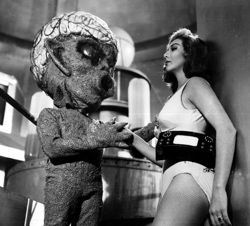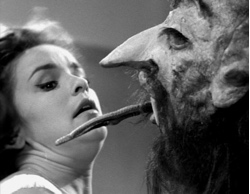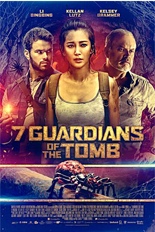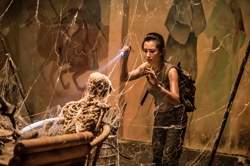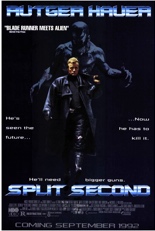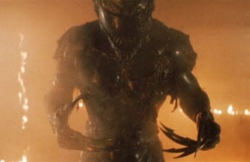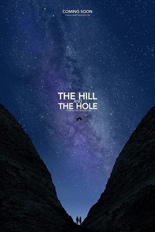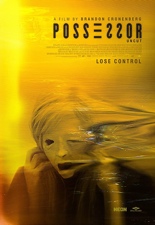
 Apologies to Brandon Cronenberg, but I find it impossible to approach his films without also considering those of his famous father, David. It’s not a comparison, nor a matter of who’s “better”; I see their shared DNA linking their cinema, with the younger continuing the work of the elder, even if the elder has yet to retire. That said, while Brandon’s second film, Possessor (or Possessor Uncut, as the Blu-ray box reads) would not — could not — exist without dear ol’ Dad, it does more to distinguish itself than the younger Cronenberg’s superb 2012 debut, Antiviral.
Apologies to Brandon Cronenberg, but I find it impossible to approach his films without also considering those of his famous father, David. It’s not a comparison, nor a matter of who’s “better”; I see their shared DNA linking their cinema, with the younger continuing the work of the elder, even if the elder has yet to retire. That said, while Brandon’s second film, Possessor (or Possessor Uncut, as the Blu-ray box reads) would not — could not — exist without dear ol’ Dad, it does more to distinguish itself than the younger Cronenberg’s superb 2012 debut, Antiviral.
Really, if there’s an iconic director Possessor appears to ape, it’s Christopher Nolan. The Tenet-like symmetry of its title treatment is mere icing to the multilayered cake that is its Inception-esque plot. Tasya Vos (Andrea Riseborough, Mandy) is a hit woman for hire, but she has a unique method of disposing of her targets: She gets others to assassinate for her — well, kinda. By way of brain implants, she hijacks into their mind and carries out the dirty deed under their identity. Initial scenes of this process, including ports jutting from Tasya’s body to be hardwired, can’t help but recall You Know Who — in particular, 1999’s eXistenZ starring Jennifer Jason Leigh, who here fills a loop-closing supporting role of Tasya’s employer.
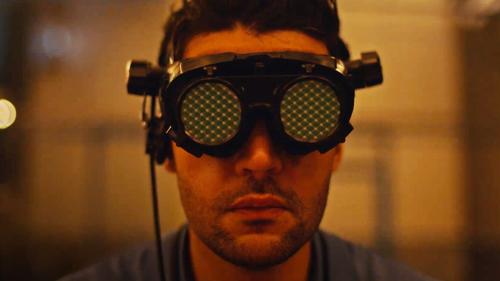
As Possessor settles into its main plot, Tasya’s latest boytoy, so to speak, is Colin Tate (Christopher Abbott, It Comes at Night), a nondescript techie cog “assigned” to kill a corporate bigwig who also happens to be his future father-in-law (Sean Bean, Silent Hill: Revelation). As happens with technology when it’s least convenient, not everything in Tasya’s ops mission goes as planned, with Colin gaining flashes of awareness that his body is not currently his own. If that concept is difficult to wrap your mind around, wait until you see Cronenberg depict Colin and Tasya’s minds melded together.
One may lose sight of Colin’s/Tasya’s mark as the minutes pulse by because Cronenberg is less invested in telling the story as much as how he tells it. Already a considerable visualist of terrifying talent, he has a gift for shot composition exceeded by a knack for their ability to horrify, itself exceeded only in pulling off what are bound to be among 2020’s most memorable scenes; if it’s not the gender-fluid sexual encounter or the wholly unexpected end, it’s definitely all the face-melting.
Riseborough and Abbott, both of whose work I’ve long admired, know to yield the spotlight to the concept — the film’s true star — without allowing themselves to be overwhelmed by it. Clearly, they’re all-in on this ride. To call Possessor “a trippy mindfuck” is to tell a half-truth — or maybe a quarter-truth or an even lesser fraction — because just as you wonder what may have been dropped in Cronenberg’s drink that day on set, you may suspect it somehow has been slipped to you, too. —Rod Lott


